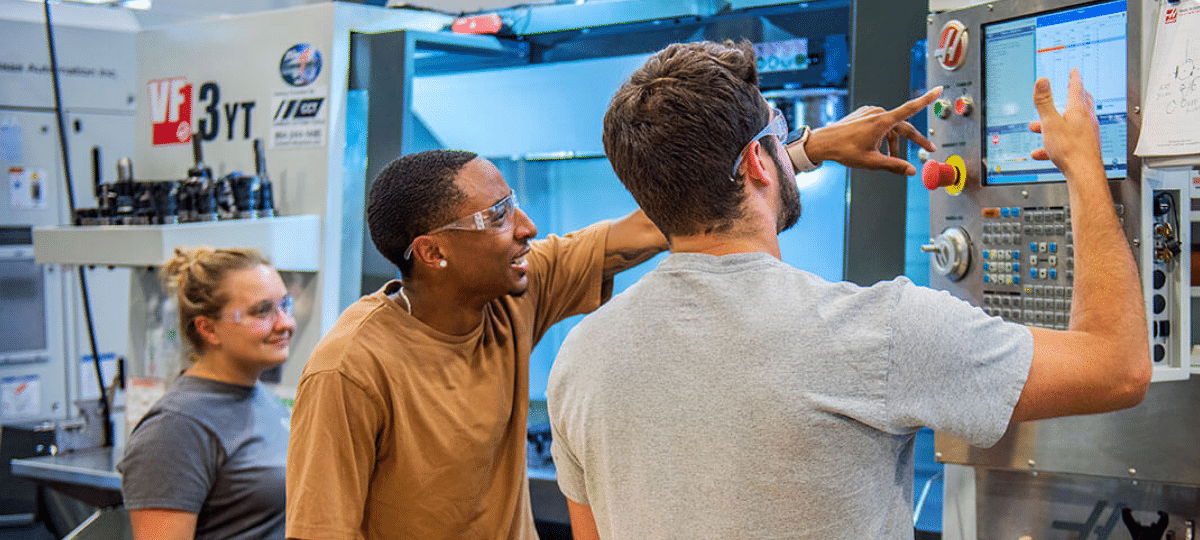In engineering, precision, accuracy, and efficiency are the cornerstones of success. With the advent of Computer-Aided Design (CAD) technology, these traits are easier to attain. CAD drafting has become a fundamental tool in engineering, offering numerous benefits that significantly enhance the quality of work. This article explores the essential role of CAD drafting in achieving engineering excellence and delivering high-quality outcomes.
Implementing CAD in Different Engineering Disciplines
Mechanical, civil, electrical, and aerospace engineers use CAD drafting. CAD helps mechanical engineers design complex machine parts efficiently. It helps civil engineers design roads, bridges, and buildings. CAD helps electrical engineers design circuits and electronic systems. Each discipline uses CAD software tailored to its needs, ensuring accurate, high-quality drafting that improves project success.
Embracing Advanced Technologies: The Integration of CAD with AR/VR
CAD and AR/VR are enabling more immersive and interactive design experiences. Engineers can use AR or VR to view CAD models in real life. These technologies improve understanding, design reviews, and client-stakeholder communication. Engineers can produce high-quality CAD drafting that matches industry trends using CAD drafting services.
Understanding the Role of CAD in Engineering
Revolutionizing Engineering: The Rise of CAD
The advent of CAD marked a seismic shift in the field of engineering. It has replaced traditional manual drafting with precise, rapid, and easily adaptable digital drafting. CAD software offers a versatile platform for designing, modifying, analyzing, and visualizing engineering solutions in both 2D and 3D formats. Its myriad functionalities significantly increase productivity, enhance precision, and streamline workflow, thus improving the overall quality of engineering projects.
Beyond Drafting: The Multifaceted Applications of CAD
While CAD is often associated with drafting, its applications extend far beyond. Engineers can leverage CAD software for various tasks like 3D modeling, simulations, and finite element analysis. It enables engineers to visualize the design in three dimensions, identify and rectify design errors, and optimize the design based on analysis results. By offering a multifaceted toolset, CAD ensures a comprehensive approach to engineering design and execution.
Achieving High-Quality Drafting with CAD
Precision and Accuracy: Ensuring Flawless Designs
One of the key benefits of CAD is the high level of precision and accuracy it provides. CAD software allows engineers to input exact dimensions, create geometrically perfect shapes, and make precise alterations. The software also automatically checks for errors and inconsistencies, ensuring the accuracy of drawings. This precision is crucial in reducing mistakes, minimizing revisions, and preventing costly construction or manufacturing errors.
Efficiency and Speed: Accelerating Project Delivery
CAD software significantly increases efficiency in the drafting process. It offers numerous tools and features that automate repetitive tasks, save previous design details for reuse, and allow rapid modifications. These features save valuable time and enable engineers to meet tight deadlines without compromising the quality of work. Thus, CAD technology accelerates project delivery while ensuring high-quality outcomes.
Leveraging CAD for Innovative Engineering Solutions
Experimentation and Optimization: Pushing the Boundaries of Design
CAD software provides a platform for engineers to experiment with different design ideas and optimize solutions based on the analysis results. Engineers can test various design alternatives, evaluate their performance under simulated real-world conditions, and choose the most efficient and effective solution. This ability to experiment and optimize leads to innovative engineering solutions that best meet project requirements.
Collaboration and Coordination: Enhancing Team Performance
Another significant benefit of CAD drafting is facilitating collaboration and coordination among project teams. With cloud-based CAD platforms, team members can access, view, and modify the same design files in real-time, irrespective of their geographical locations. Such CAD services allow for more efficient communication, coordinated decision-making, and faster resolution of issues, leading to better team performance and higher-quality outcomes.
CAD and the Future of Engineering Education
Engineering students need CAD technology to prepare for industry realities. Students use the technology to design, modify, and analyze. Practical experience improves engineering knowledge, problem-solving, and creativity. CAD training also develops technical skills, making students more employable and ready for industry challenges.
Conclusion
In engineering, CAD drafting technology is an indispensable tool for achieving excellence. It enhances engineering designs’ precision, efficiency, and quality, ensuring flawless and timely project delivery. By offering a versatile platform for experimentation, optimization, and collaboration, CAD empowers engineers to push the boundaries of design, deliver innovative solutions, and meet the increasingly complex challenges of contemporary engineering projects. As CAD technology evolves, it is poised to usher in new possibilities for engineering excellence and high-quality drafting.




